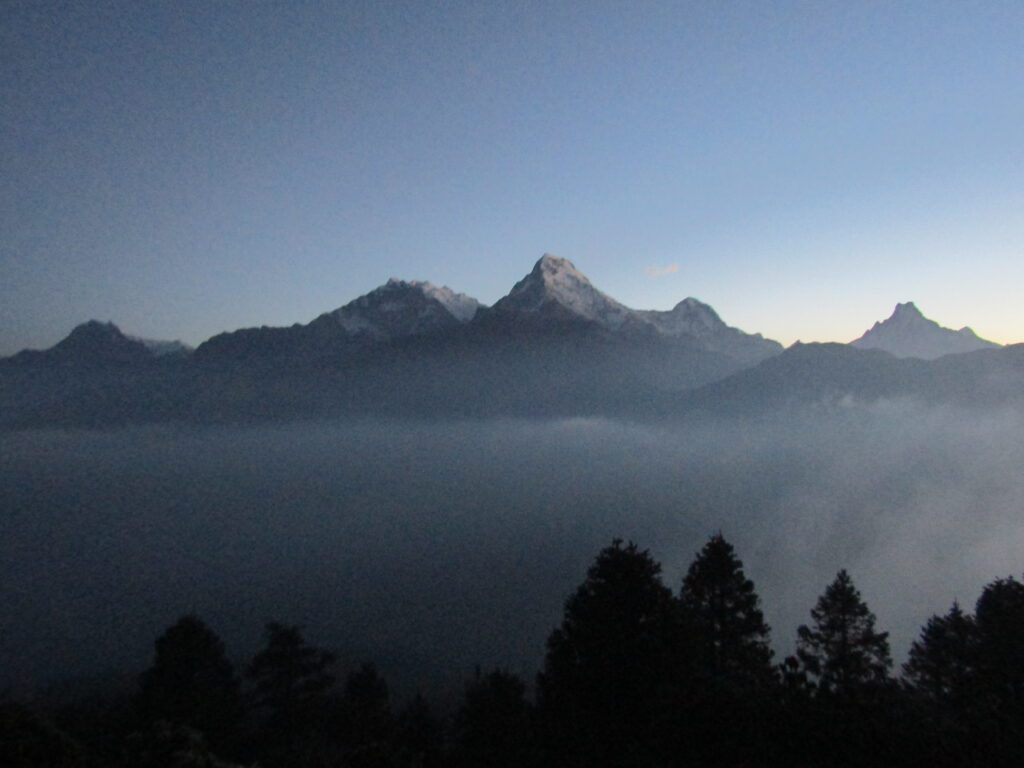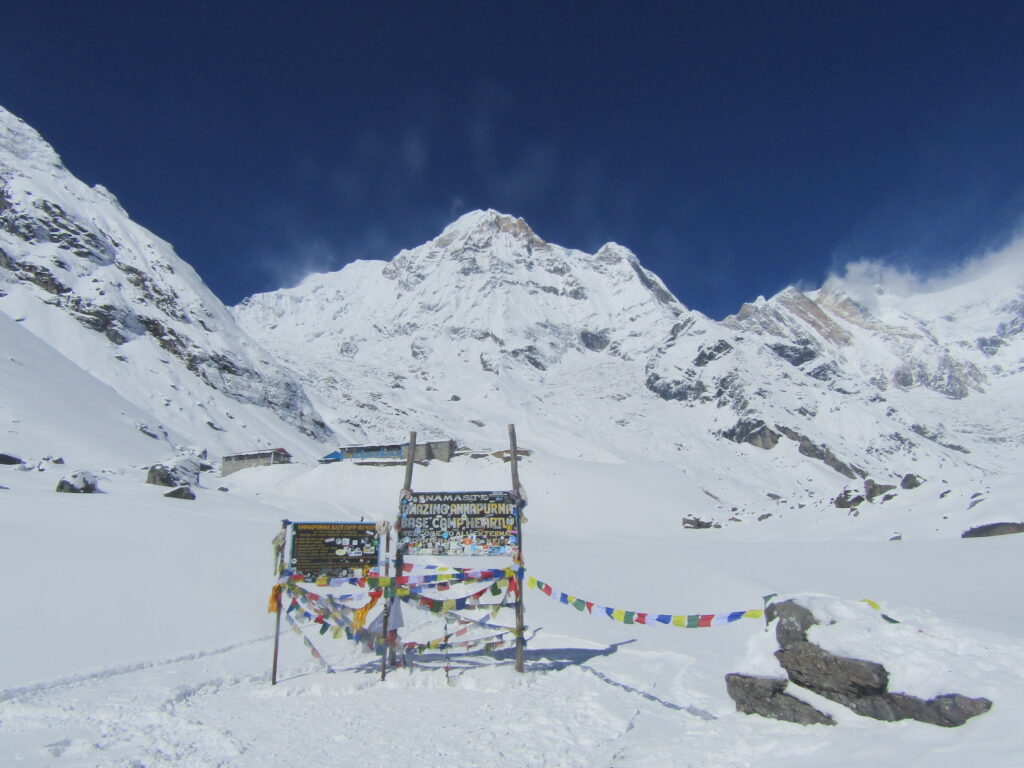Hiking in Nepal: The Annapurna Range
Poon Hill – three-day hike, highest elevation point 3,200 metres.
Annapurna Base camp – seven-day hike, highest elevation point 4,100 metres.
Arriving in Nepal
In early 2017, I took a trip to Nepal – by chance rather than design. Yet it remains being one of the most memorable and breath-taking adventures of my life. I landed in Kathmandu, the capital, which was still recovering from the devastating earthquakes in 2015. It was sad to see the destruction caused, as well as the obvious impact this had had on the resident, some of which were in makeshift camps within the city limits.
From Kathmandu, I took a bus along the dusty highway to the tourist town of Pokhara – the launching pad for hikes into the Annapurna range. The lakeside town has plenty of options for accommodation and food, as well as places to purchase wares for a hike. The skies were mostly cloudy in the first few days in Pokhara, so I decided to turn back on myself and travel to Chitwan – and witness some of Nepal’s extraordinary wildlife in the National Park there.
On my return to Pokhara, the weather was clearer, and I knew I should take on a hike into the Annapurna Range.
My first hike was a gentle introduction to hiking in the Himalayas, on the popular route to Poon Hill. The hill offers a wide-ranging view of the Annapurna range – and inspired me to return and take on another, more difficult hike.
Annapurna Base Camp is a roughly seven-day hike, up to a maximum elevation of 4,100 metres. It involves, naturally, a lot of inclines, often at steep intervals, and is physically demanding.
The second part of this hike took me to the base camps of both Machapuchare and Annapurna. I passed through a beautiful snow-covered valley en route, before finding myself dwarfed at the foot of giants.
I almost blinded myself on the return journey, making this a very testing and challenging time. Fortunately, I recovered, and I was grateful for the opportunity to hike in this amazing mountain range.



